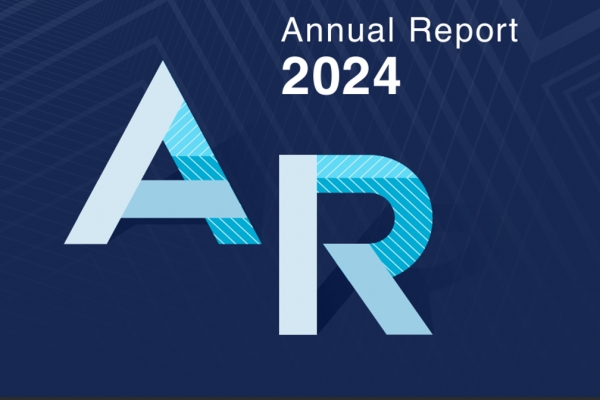-
Global economic growth is projected to remain steady at 2.8%-3.3% in 2025, supported by favourable labour markets, moderating inflation, and continued monetary policy easing.
-
Global inflation is expected to decline further, driven by lower commodity prices and the fading effects of past policy tightening.
-
However, this outlook has assumed some level of tariff actions and retaliations among major economies. As a result, higher trade restrictions, geopolitical tensions, and retaliatory measures pose downside risks to global growth.
-
The output gap is expected to remain positive in 2025. While potential output is projected to expand at its pre-pandemic rate of 4%-5%, actual output growth could outpace this at 4.5%-5.5%, driven by sustained strength of domestic demand.
-
Over the medium term, potential output will be supported by higher investments and productivity gains, underpinned by the continued implementation of multi-year investment projects and key national initiatives. These include the New Industrial Master Plan 2030 (NIMP 2030), National Semiconductor Strategy (NSS), National Energy Transition Roadmap (NETR), and the upcoming 13th Malaysia Plan (RMK-13).
Additional Info
-
Download EN Full:
-
Banner:



